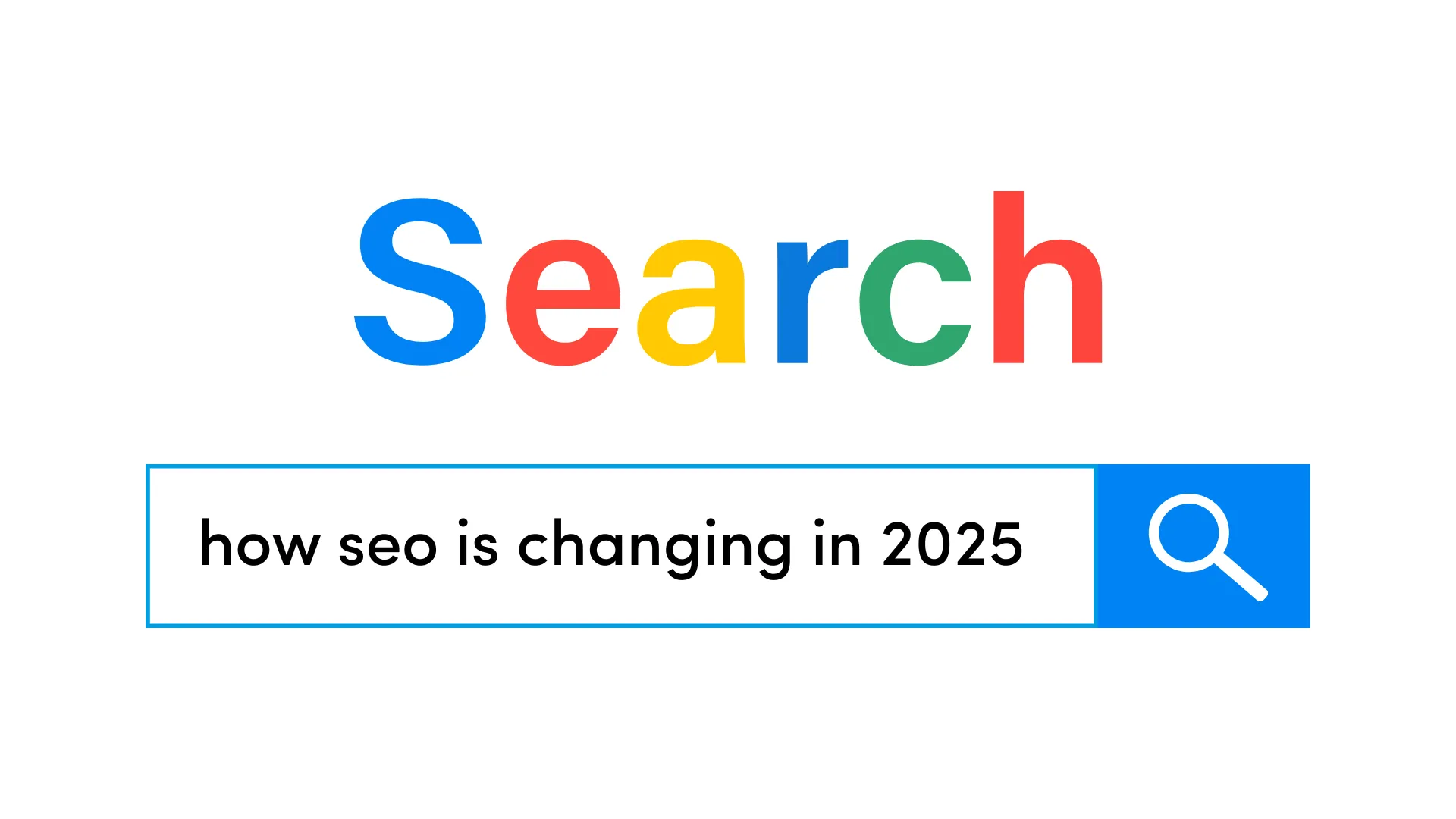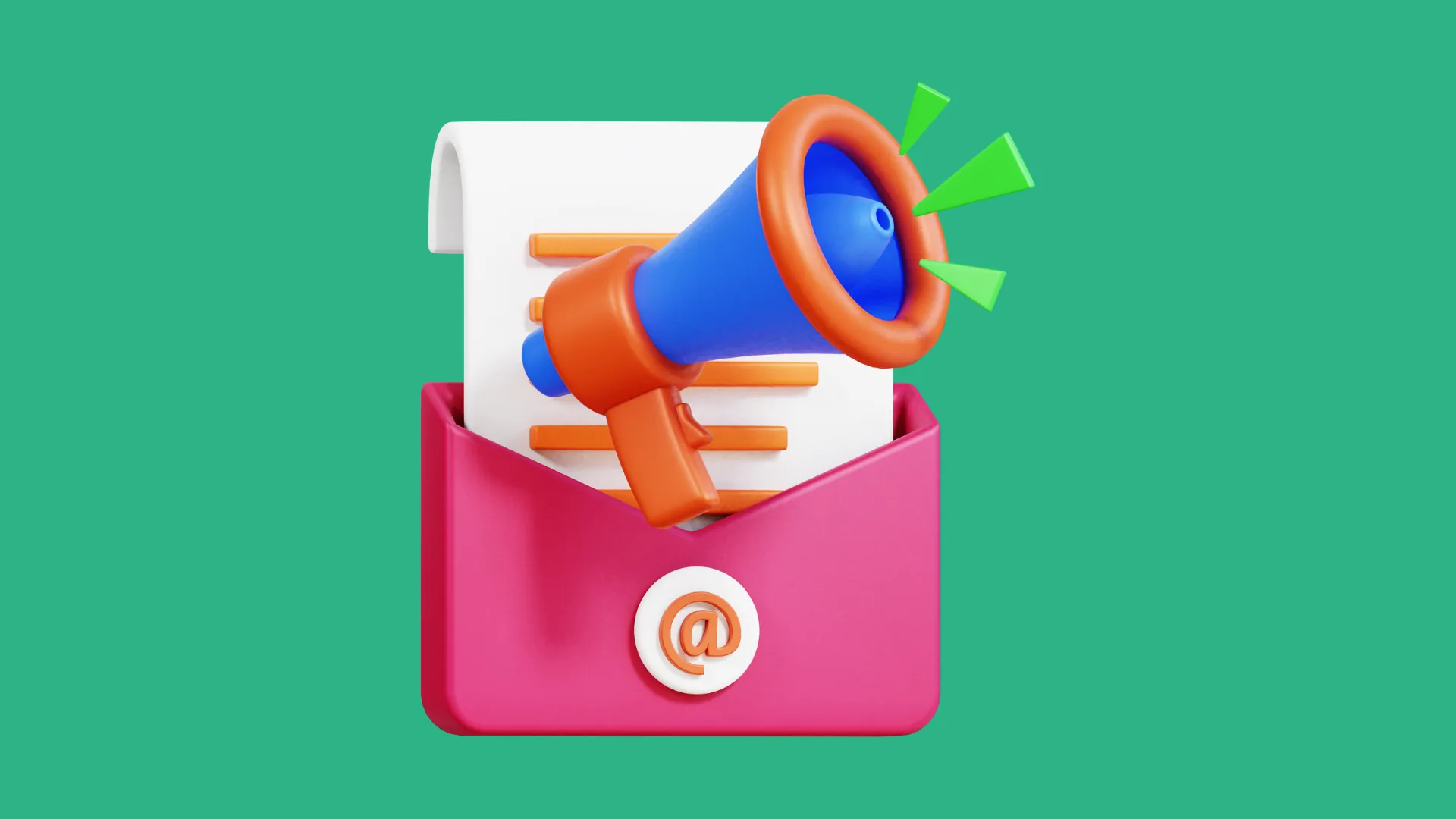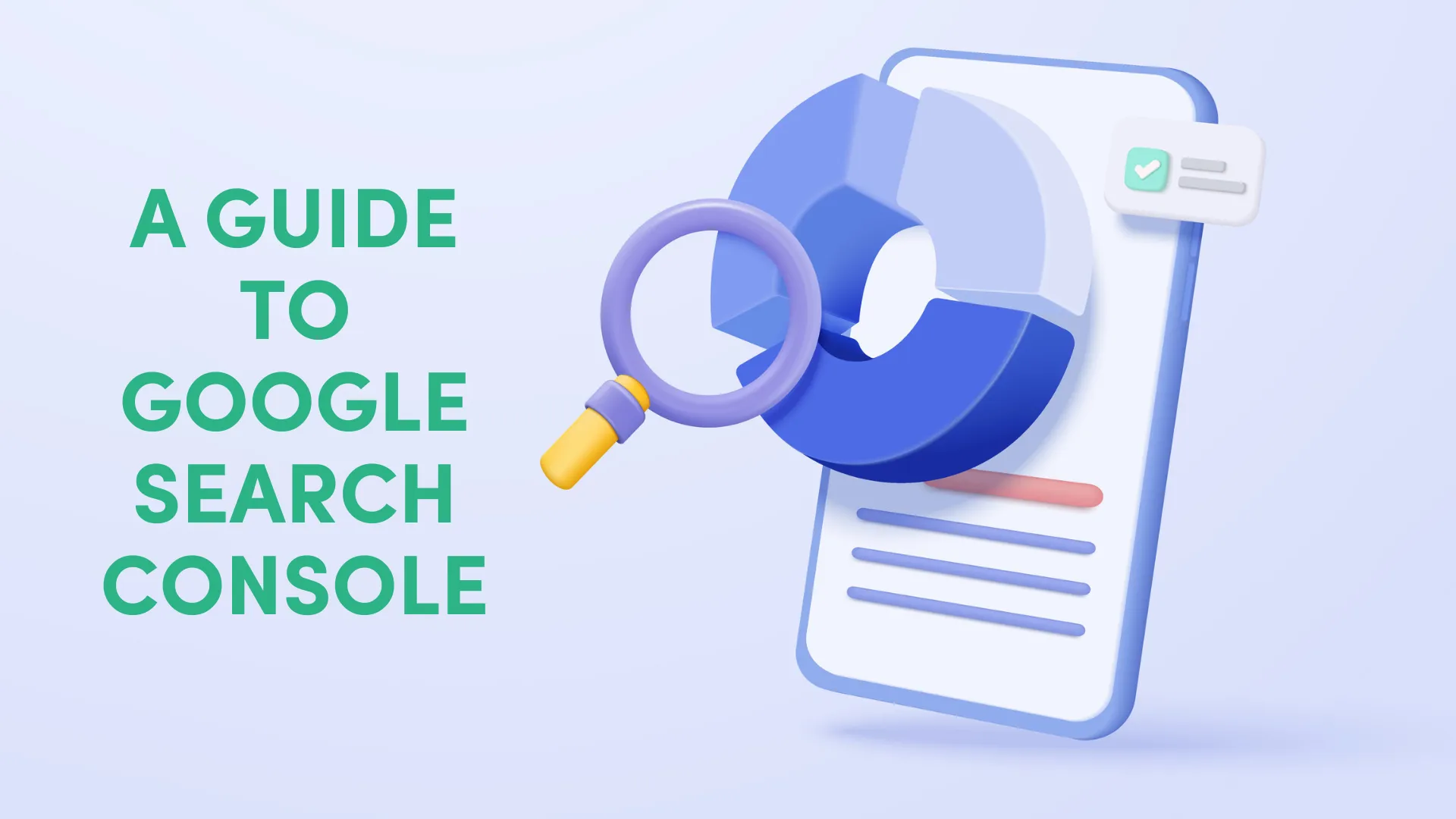One of the most common concerns we hear from clients is:
“I feel like we’re repeating ourselves too much.”
They worry that saying the same message more than once might bore or annoy their audience. But here’s the truth: if you’re the one who’s tired of hearing your message, it probably means your audience is just starting to notice it.
In marketing, repetition isn’t annoying – it’s essential. In fact, it’s one of the most powerful tools you have for building trust, improving recall and driving action.

The “Rule of 7” Still Stands
There’s a classic principle in marketing known as the Rule of 7, which suggests that a person needs to hear or see your message at least seven times before they’ll take action.
Think about your own behaviour as a consumer. The first time you see an ad, you might scroll past it. The second time, it might register. By the third or fourth time, you may start thinking, “Maybe this is something I need.”
Repetition builds familiarity. Familiarity builds trust. And trust leads to conversion.
Your Audience Isn’t Watching That Closely
As business owners or marketers, we live and breathe our messaging. But your audience? They’re not seeing every post, email or ad. They’re busy binge watching their favourite show in the background, distracted by the kids or being pulled in a thousand directions online. That’s why repeating your core message is not just helpful – it’s necessary.
If your goal is to be remembered, you need to keep showing up and keep saying the same things in slightly different ways.
Repetition Doesn’t Mean Copy-Paste
Effective repetition isn’t about duplicating the same post word-for-word. It’s about consistently communicating your core message – what you do, who you help and why you’re the best choice – across different formats and touchpoints.
Here are some ways to make repetition work for you without sounding like a broken record:
1. Say the Same Thing, Differently
Clothe your message in new stories. Highlight different client testimonials, behind-the-scenes insights, team perspectives or benefits of your product/service. Keep the heart of the message the same but dress it up in fresh, engaging ways.
2. Repurpose With Purpose
One blog post can become five social media posts, a newsletter, a video and an infographic. Repurposing isn’t lazy – it’s smart. It reinforces your message while catering to different content preferences.
You best bet this blog has been turned into an EDM and social media posts on our channels.
3. Integrate Across Platforms
Your website, emails, ads and social media should all echo the same key messages. That kind of integrated marketing communication builds a consistent and memorable brand presence.
4. Use Callbacks and Reminders
Whether it’s through regular CTAs, remarketing ads or email follow-ups, the best brands remind their audience over and over why they exist and how they help. Repetition isn’t just about visibility – it’s about reinforcement.
Think You’re Being Repetitive? Good.
If you’re feeling a bit repetitive, it usually means you’re finally doing it right. Consistency breeds credibility. People need time – and multiple touchpoints – to absorb, understand and act on your message.
Marketing isn’t a one-and-done effort. It’s a slow burn that, over time, builds trust, familiarity and recognition. And when your audience finally needs what you offer, they’ll know exactly who to turn to because you’ve been showing up, saying it clearly and saying it often.
Your best customers might be the ones who’ve been quietly following for months, watching from the sidelines, slowly building trust. They’re not bored – they’re busy. And every repeated post, email or ad helps nudge them one step closer to choosing you.
So don’t be afraid to repeat yourself. Be afraid of being forgotten.

Quick Website Audit Checklist When was the last time you really looked at your website through the eyes of a customer? We often assume that once [...]

For years, SEO strategies have revolved around keywords. The approach was simple: identify the terms people were searching for, create pages that matched them and optimise around [...]

Email marketing may just be the most important element of your digital marketing strategy right now. In an age of endless digital channels, it’s easy to get [...]

If you’re new to Google Search Console (GSC), it might seem overwhelming at first. The dashboards, graphs and technical jargon can be intimidating. But once you get [...]

Quick Website Audit Checklist When was the last time you really looked at your website through the eyes of a customer? We often assume that once [...]

In a world where marketers battle for every second of audience attention, Labubu – a quirky character from Pop Mart’s “Monster” series - has done the seemingly [...]

Social media marketing is full of outdated advice, bad habits and half-truths that get repeated so often they start to sound like facts. But just because you’ve heard [...]

In our last article, we tackled a common misconception in digital advertising: Ads don’t fail because of the algorithm - they fail because of the offer. The [...]

We’ve seen it many times before. A campaign launches on Meta or Google. The creative looks schmick. The ad set enters the learning phase… and then, crickets. [...]

With the release of Google AI Overviews, we were left wondering what will become of Google Ads. If AI Overviews sit at the top of search results, [...]

For years, SEO strategies have revolved around keywords. The approach was simple: identify the terms people were searching for, create pages that matched them and optimise around [...]

After launching a small-scale test of ads on Threads in January (limited to select brands in the U.S. and Japan), Meta has now opened Threads ads to [...]

Email marketing may just be the most important element of your digital marketing strategy right now. In an age of endless digital channels, it’s easy to get [...]

If you’re new to Google Search Console (GSC), it might seem overwhelming at first. The dashboards, graphs and technical jargon can be intimidating. But once you get [...]

